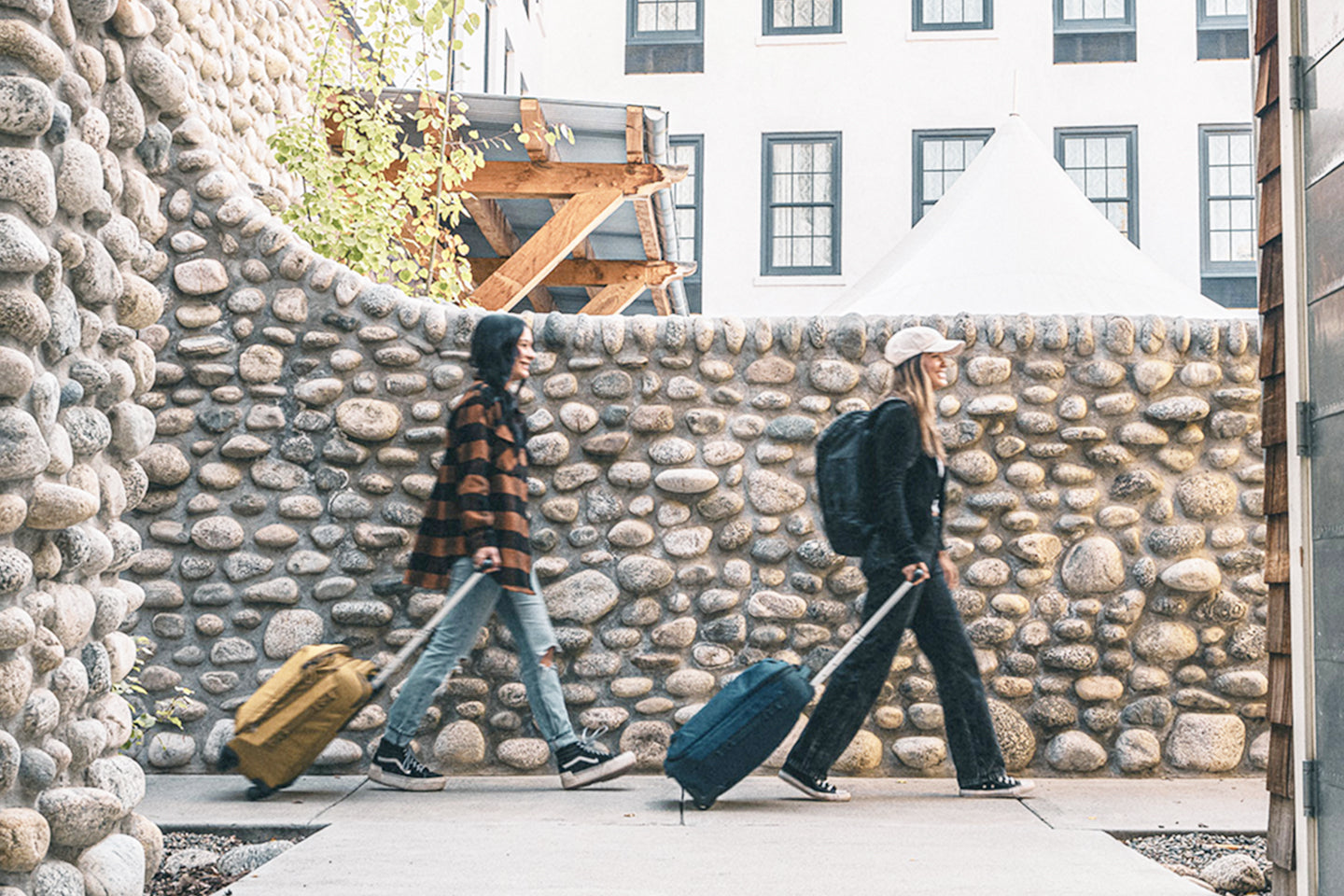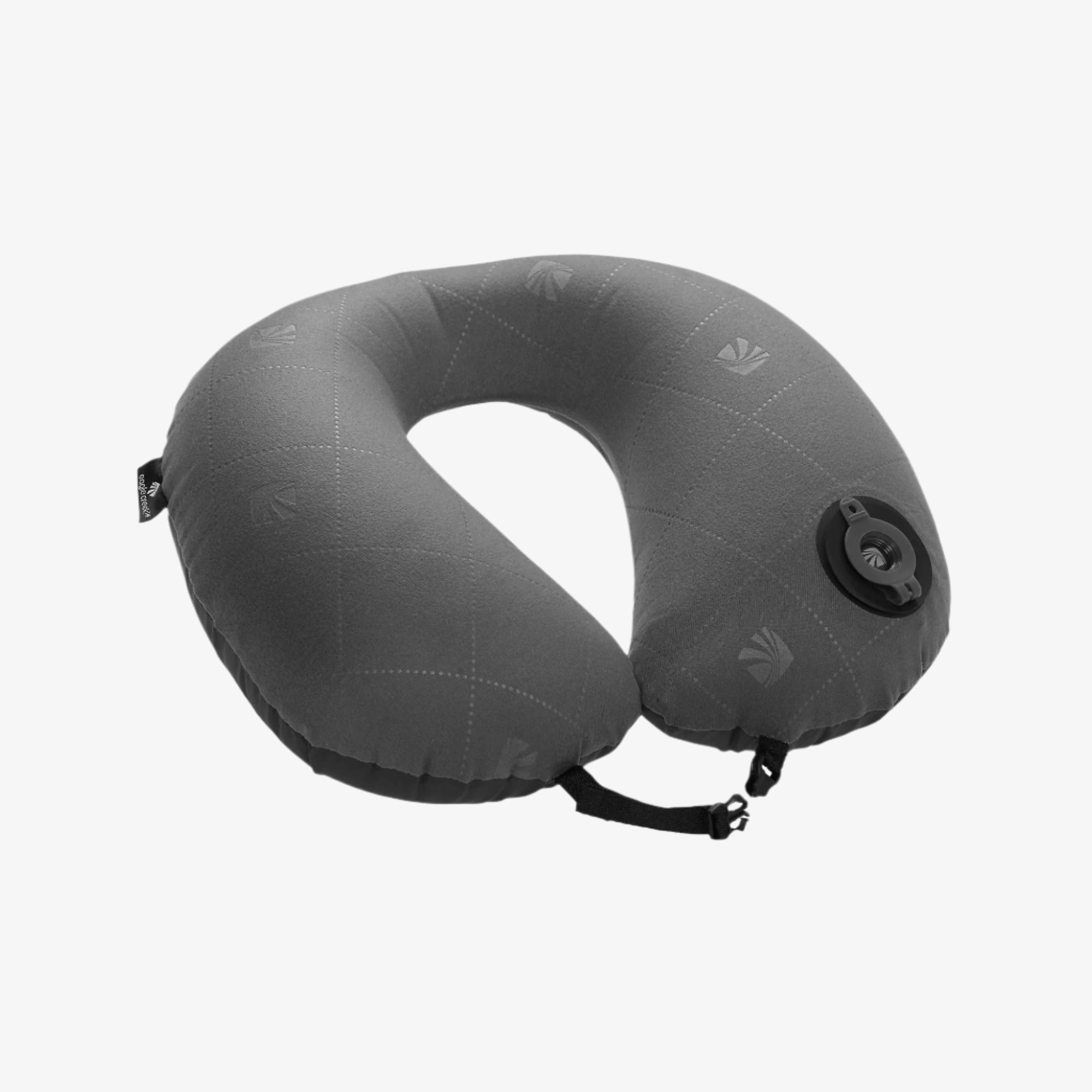
The land of ice may be intimidating in the winter months, but Iceland is full of natural wonders—here’s why Iceland is worth a visit for adventurous travelers.
Iceland in the wintertime sounds like a bit of an oxymoron: Why would you visit somewhere with the literal name “land of ice” when it’s freezing outside?
But hear us out! Iceland winters are actually milder than New England winters. The average temperature in December is between 30 and 39°F (-1 - 4°C), and parts of the country get little snow.
That’s not to say the weather can’t be unpredictable—it’s best to pack and be prepared for any and all conditions! Bring an expandable rolling bag that can easily fit all your extra coats and sweaters so warmth is never an obstacle.
Still, if you’re willing to brave a bit of the cold and dark, Iceland is an incredible country to visit in the winter. Not only will you get to see some incredible scenery you wouldn’t in the summer, but you may score a great deal on flights and accommodations, too. Here are five top reasons to head to Iceland this winter.
1. Hot springs galore
There’s a chill in the air, but you won’t notice that at all when you’re relaxing in a hot spring. From the famous Blue Lagoon to hidden hot springs in lesser-known spots you can hike to, you will warm up quickly once you get in the water. (And rush back to you robe after!) Just be sure to bring a warm change of clothes and a water-repellent packing cube to keep all your wet/dry gear separated.
2. The Northern Lights
There’s no other way to say this: Iceland is dark during the winter months. As in, there’s an average of just four to five hours of sunlight each day. However, this gives you ample opportunity to get to see the Aurora Borealis, or Northern Lights , during your winter trip. Check the viewing forecast before you go and if you get lucky, be ready to marvel at this natural wonder that you can only see from November to March.
3. Elves (yes, elves!)
Iceland takes the holidays very seriously. In fact, according to a countrywide survey, 54 percent of the country believes in elves! Starting in December, instead of Santa, children are visited by 13 Yule Lads. They leave sweets or rotten potatoes, depending if the kids behaved well that year. On New Year’s Eve, Icelanders leave candles lit to help elves find their way. Then on January 6, there are bonfires where the elf king and queen “visit” and people sing folklore songs about elves.
4. Ice caves
While it’s true that the green scenery in the summer in Iceland is stunning, by visiting in the winter, you can check out something truly unique— natural glacier ice caves. These can only be accessed from October to March, and you must sign up for a tour to experience them. (Pack any extra gear or warm clothing you’ll need in a handy daypack.) The caves can be dangerous for even experienced hikers, so go with a guide and enjoy the natural wonder!
5. Golden hour
There are only a few hours of daylight each day, so the sun will likely rise around 11:00 a.m. on your trip and set by 4 or 5 p.m. each evening. That means the sun will hover between four and six degrees above the horizon, creating a “golden hour” each day. (It can last from 30 minutes to over seven hours!) During that time, you’ll get amazing light for photos. Get your camera ready and be prepared to take some beautiful shots.
There’s no reason not to plan for a winter getaway—as the Nordic phrase goes, "There's no such thing as bad weather, only bad clothes." So bring along the right gear for a snowy getaway, organize it with the packing cubes so you can fit everything you need, and get out there exploring!
Related Links (from Eagle Creek blog):
How to Visit Iceland Without Breaking Your Budget






































